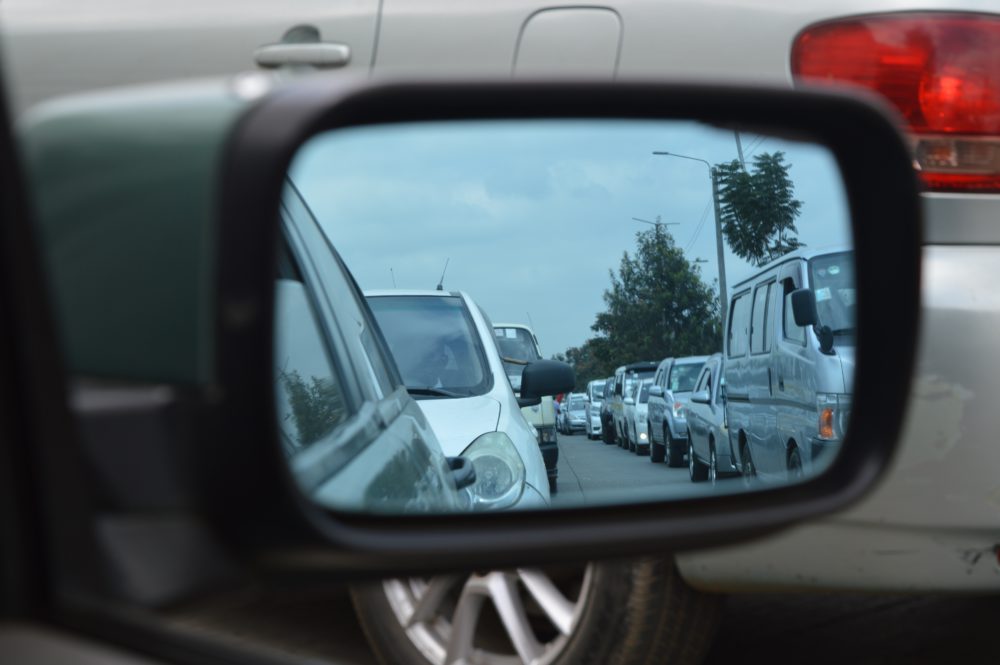In our very first blog of 2022, we covered a bunch of upcoming rule changes that drivers would need to be aware of – including some changes to the Highway Code. We gave the gist of those changes there, but the devil is in the detail. And that detail? Well, you’ll find it right here.
So, let’s dive into the changes to the Highway Code that have come into effect since the end of January 2022.
The hierarchy of road users.
The hierarchy of road users isn’t one new rule but three. They’re known as ‘H1’, ‘H2’ and ‘Bob’. Okay, the third one isn’t called Bob. It’s called ‘H3’ (so predictable!). Here’s what they’re all about:
H1.
This is really more of a guiding concept than a rule, so rather than paraphrase here’s a couple of quotes that sum it all up:
“Those in charge of vehicles that can cause the greatest harm in the event of a collision bear the greatest responsibility to take care and reduce the danger they pose to others.
[…]
“None of this detracts from the responsibility of ALL road users, including pedestrians, cyclists and horse riders, to have regard for their own and other road users’ safety.”
Basically, always look out for other road users, especially when your vehicle’s the bigger threat.
H2.
This rule stresses that drivers must give way to anyone using a zebra crossing, parallel crossing, or at traffic lights when it’s their signal. None of that is anything new, however, the code now also states that drivers should give way to those waiting at zebra and parallel crossings (note that it’s ‘should’ and not ‘must’).
Likewise, at a junction drivers and cyclists should give way to pedestrians waiting to cross either the road they’re going into, or coming from.
H3.
It’s pretty crazy that this wasn’t in the code already, because it’s really just common sense: drivers can’t cut across cyclists when turning in or out of a junction (including left turns), or off of a roundabout. Instead, indicate, wait for them to pass, and then turn – a simple, sensible, non-deadly way of doing things.

Passing distances.
You don’t need to have spent much time cycling to know that getting overtaken by a larger vehicle can be a pretty hair-raising experience. That could be down to how the Highway Code was worded. It used to advise motorists not to get “too close” when overtaking. That leaves a lot of room for interpretation when, really, the rules should be leaving room for cyclists. Now, the code states that drivers need to:
- Leave 2 metres when overtaking at 30mph or faster.
- Always leave at least 1.5 metres.
If you’re passing a horse, you need to:
- Leave 2 metres.
- Slow down to 10mph.
If you’re passing a pedestrian walking in the road, leave 2 metres.
(If you’re struggling to visualise 2 metres, we’re reliably informed it’s roughly the size of a female cougar, or six wine bottles.) On a more serious note, bear in mind these distances are legal minimums – so aim higher when you can.
The Dutch reach.
When you’re getting out of your car, use the hand furthest from the door to open it. As you reach across, you’ll find your head automatically turns to your blindspot. That means you’ll see any cyclists who might be zipping by and really, really hoping you aren’t about to open your door.
Guidance for cyclists.
Just like cars, cyclists should now be giving priority to pedestrians waiting to cross when going into or out of a side road. There’s also lots of new guidance on how cyclists can use lane position to keep themselves safe.
The code says to take the centre of the lane when:
- On a quiet road, or one with slow moving traffic.
- Approaching a junction, especially when it would be dangerous to be overtaken.
Even if the road is busy, cyclists are told not to get any closer than 0.5 metres to the kerb.
The code also encourages cyclists to take the space they need when in groups, pointing out that riding two abreast can be safer than single file – as long as cars are allowed to pass when appropriate.
Cyclists should have an eye out for any pedestrians that might pop out when going past parked cars, and should keep at least 1 metre away (just in case someone who hasn’t heard of the Dutch reach carelessly tries to take them out with their door).
Unlike motorists, cyclists are allowed to pass slow or stationary traffic on either side, but should bear in mind that undertaking (that’s going past on the left) can be riskier, especially coming up to junctions. Technically, rule H3 should mean they don’t have to worry about that, but being technically correct about the rules doesn’t really make up for getting hit.
Finally, in spaces where cyclists, horses and pedestrians are all moving together, cyclists need to ensure they:
- Pass at an appropriate speed and distance (and never on the left of a horse).
- Let people know they’re approaching (remembering they might have difficulty seeing or hearing).
(Coincidentally, if you’re looking to boost your confidence as a cyclist, we’ve got you covered).
Tighter rules around phones.
(Hopefully) we all know not to touch our phones while driving a moving vehicle. But you might occasionally be tempted to pick up your device for a quick look while stopped at the lights, or stuck in traffic. Well, that’s a habit it’ll pay to ditch. That’s because you can now be hit with a £200 fine and six penalty points for using your phone in your car. At all.
Here are the (very few) exceptions:
- Your car is safely parked (note that ‘safely parked’ and ‘not moving’ are not the same thing).
- You’re making an emergency call and it’s unsafe or impractical to stop.
- You’re making a contactless payment while stationary (like at a toll booth or drive thru).
- You’re using it to park remotely.
Proposed new rules for ‘self-driving’ cars.
In May 2022 the Department for Transport put out a rough version of rules they’d like to introduce for ‘self-driving cars‘. These won’t become law until the summer of 2022 at the earliest. Until then, here’s the highlights:
- The new rules will only apply to ‘automated vehicles’ that can drive themselves in at least some situations. That’s not the same as having assisted driving features like cruise control.
- The Secretary of State will keep a list of cars that count as ‘automated’.
- This is the bit that has people excited. Under the proposed rules “while an automated vehicle is driving itself, you are not responsible for how it drives, and you do not need to pay attention to the road.” So you could potentially binge a boxset on the motorway.
- You’ll still have responsibilities as a driver. You need to keep the car in a proper condition and should always be ready to take control again if promoted to do so.
Well, hopefully, that all helps you travel safely. If, as well as being a safe driver, you’re also one who clocks up less than 7,000 miles a year (which is most people), you might just benefit from switching to pay-by-mile car insurance. Why not get a quote?




